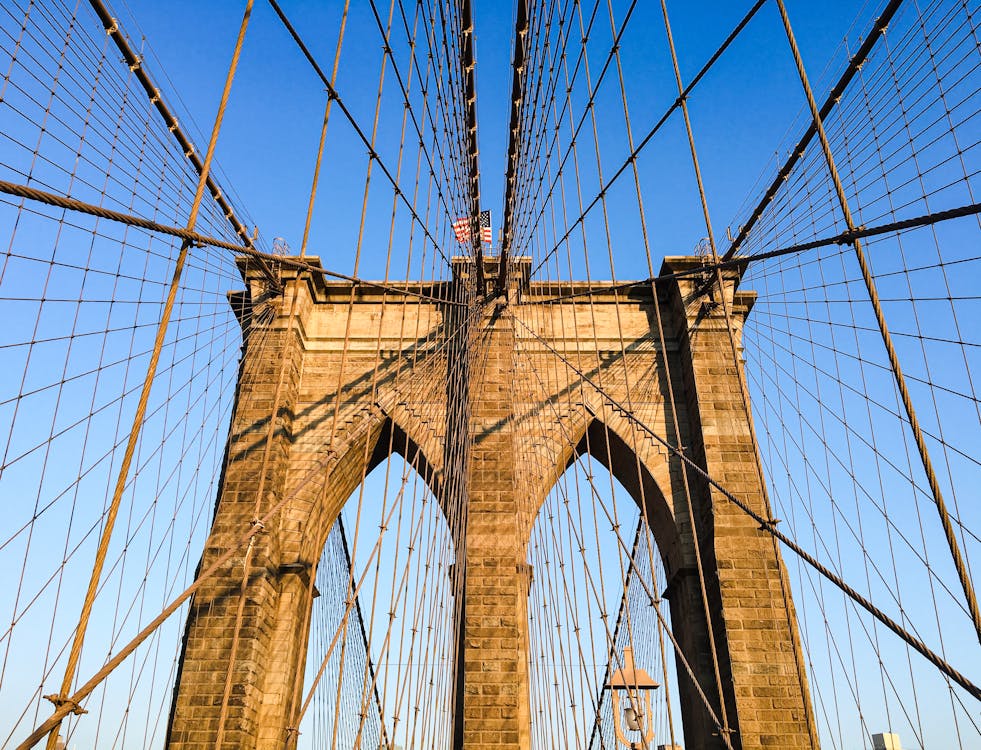In the rugged terrain of the Wild West, hardship was a constant companion for pioneers, settlers, and cowboys alike. Yet, amidst the unforgiving landscapes and harsh conditions, a spirit of resilience emerged—a determination to endure, adapt, and overcome the challenges of frontier life. Through tales of perseverance and fortitude, the stories of hardship and resilience illuminate the indomitable spirit of the American West.
1. Confronting Nature's Wrath:
- The untamed wilderness of the frontier presented formidable obstacles, from harsh weather and rugged terrain to unpredictable wildlife and natural disasters.
- Pioneers and settlers faced blizzards, droughts, floods, and wildfires, testing their resilience and resourcefulness in the face of nature's fury.
2. Isolation and Solitude:
- The vast expanses of the West often meant isolation and solitude for those venturing into uncharted territories.
- Remote homesteads and lonely outposts were a testament to the resilience of individuals who carved out a living in the wilderness, far from the comforts of civilization.
3. Conflict and Confrontation:
- The frontier was a crucible of conflict, where tensions between settlers, Indigenous peoples, and rival factions often erupted into violence.
- Cowboys and lawmen faced the constant threat of bandits, rustlers, and outlaws, testing their courage and resolve in the pursuit of justice and order.
4. Economic Hardship and Struggle:
- Economic hardship was a harsh reality for many on the frontier, as droughts, market fluctuations, and crop failures threatened livelihoods and prosperity.
- Settlers and homesteaders endured lean times, relying on resilience, determination, and community support to weather the storms of economic uncertainty.
5. Disease and Epidemics:
- Disease and epidemics posed significant challenges to frontier communities, with outbreaks of cholera, smallpox, and other illnesses often devastating entire settlements.
- Medical resources were scarce, and access to healthcare was limited, requiring communities to rely on resilience and ingenuity to combat the spread of disease.
6. Endurance and Adaptation:
- Despite the hardships they faced, pioneers, settlers, and cowboys demonstrated remarkable resilience and adaptability in the face of adversity.
- Through perseverance, innovation, and a steadfast determination to survive and thrive, they transformed the wilderness of the West into a vibrant tapestry of communities, cultures, and economies.
Conclusion:
Hardship and resilience are enduring themes in the story of the American West, illuminating the indomitable spirit of those who dared to tame the frontier. As we reflect on their tales of perseverance and fortitude, we gain a deeper appreciation for the resilience of the human spirit and the enduring legacy of those who braved the challenges of the frontier to forge a new chapter in American history.








